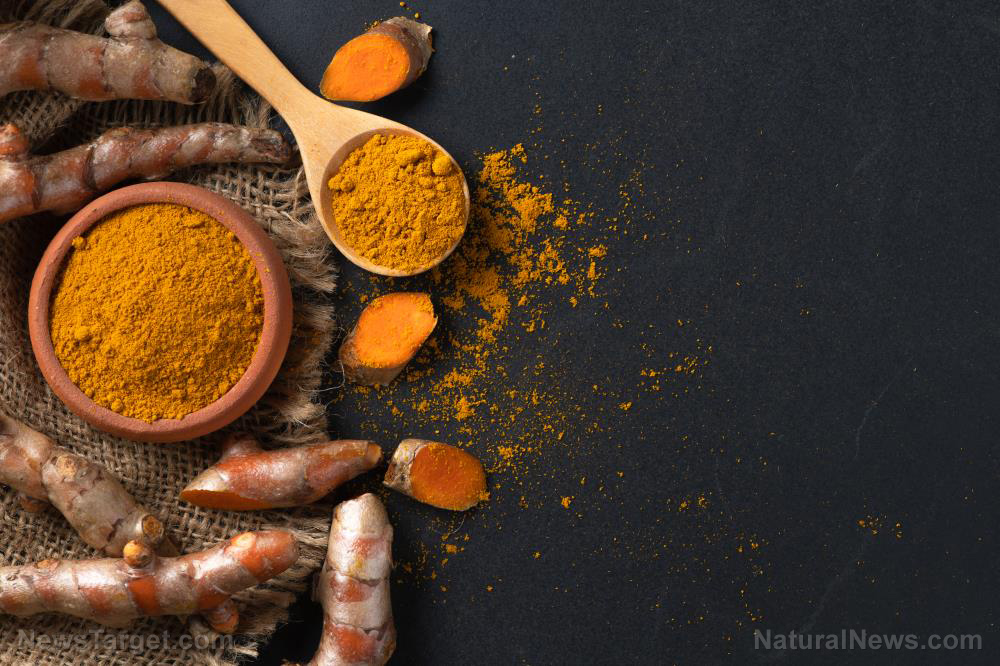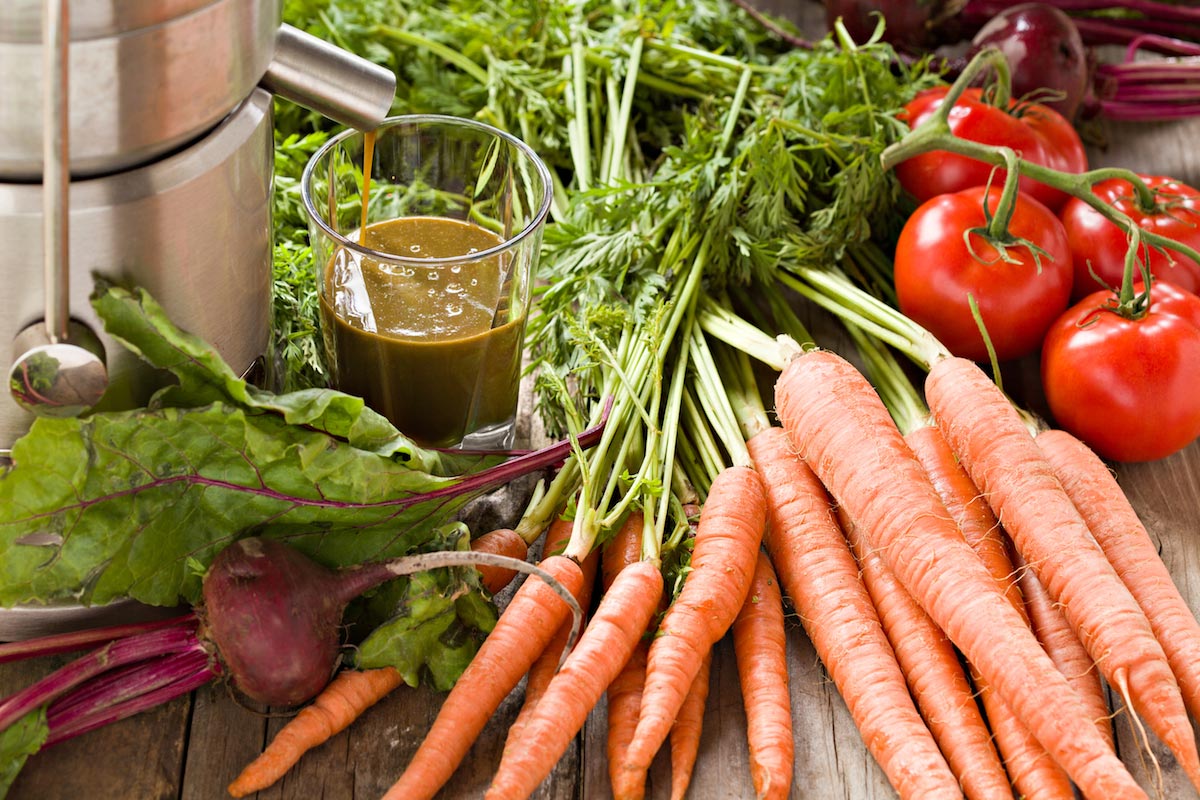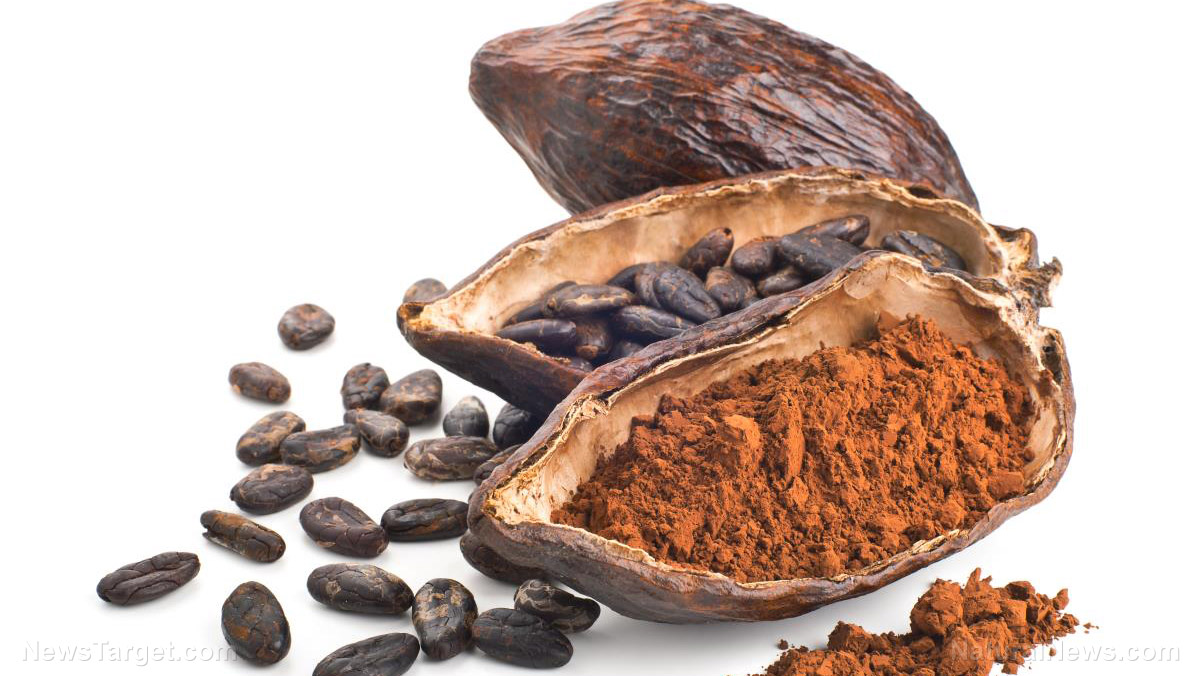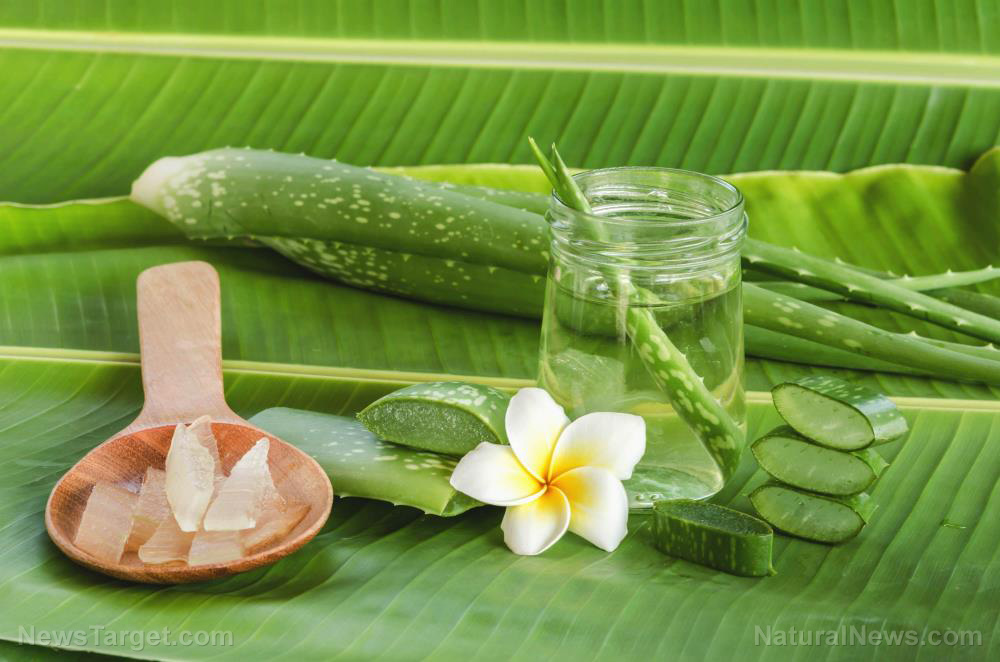Study presents evidence supporting the use of curcumin as alternative treatment for kidney fibrosis
05/07/2021 / By Evangelyn Rodriguez

Renal or kidney fibrosis is a progressive condition that results from the excessive accumulation of extracellular matrix proteins, which can cause structural damage to the kidneys. It signifies a failed wound-healing process and ultimately leads to end-stage kidney disease wherein the kidneys are no longer able to function as they should.
In a recent study, Chinese researchers explored the anti-fibrotic effects of curcumin, the active component of turmeric. Specifically, they looked at how curcumin affects epithelial-mesenchymal transition (EMT) and the activation of the phosphatidylinositol 3-kinase (PI3K)/Akt pathway. EMT refers to epithelial cells undergoing molecular changes and gaining new characteristics, such as an enhanced ability to produce ECM components. Meanwhile, the PI3K/Akt pathway is one of the major cell signaling pathways that regulate fibrosis.
The researchers reported their findings in an article published in the journal Biological and Pharmaceutical Bulletin.
Curcumin is an effective alternative treatment for renal fibrosis
According to several animal studies, curcumin can protect the kidneys by preventing the development of renal fibrosis. However, the mechanisms underlying this activity are still unknown.
To explore these mechanisms and the anti-fibrotic activities of curcumin, the researchers treated human kidney tubular epithelial cells (HKCs) with transforming growth factor-B1 (TGF-B1), curcumin and a combination of both. TGF-B1 is a protein that’s involved in many cellular functions, including cell growth, proliferation, differentiation and death, as well as the induction of EMT.
The researchers used 3-(4,5-dimethylthiazol-2-yl)-2,5-diphenyltetrazolium bromide (MTT) assay to assess the effect of curcumin on cell proliferation. They also used immunocytochemistry, real-time PCR and Western blot to analyze the expression of epithelial cell markers (E-cadherin and cytokeratin), mesenchymal cell markers (vimentin, alpha smooth muscle actin (a-SMA) and fibroblast-specific protein 1 (FSP1)) and key proteins involved in the Akt/mammalian target of rapamycin (mTOR) pathway.
The researchers found that low-dose curcumin (3.125 and 25?micromol/L) effectively promoted HKC proliferation. After 72 hours of incubating HKCs with TGF-B1 and curcumin, curcumin caused the cells to maintain epithelial morphology in a dose-dependent manner. It also decreased the expression of EMT-related proteins, such as vimentin, a-SMA and FSP1, and increased the expression of E-cadherin and cytokeratin. In addition, the researchers noted that curcumin reduced Akt, mTOR and P70S6K phosphorylation, which effectively suppressed the activation of the Akt/mTOR pathway in HKCs.
Based on these findings, the researchers concluded that curcumin is an effective alternative treatment for renal fibrosis because it can promote HKC proliferation and stop EMT by inhibiting the activation of the Akt/mTOR pathway activity.
Other health benefits of curcumin
Curcumin from turmeric gained popularity because of its powerful antioxidant and anti-inflammatory properties. However, turmeric doesn’t contain high amounts of curcumin, and the compound is poorly absorbed into the bloodstream. Because of these, curcumin is usually taken in the form of supplements, which contain significant amounts of the compound as well as piperine from black pepper. Piperine is said to enhance the bioavailability of curcumin by 2,000 percent.
Here are some of the health benefits associated with curcumin: (h/t to Healthline.com)
- It helps the body fight foreign invaders and repair damage
- It helps fight chronic inflammation, which is linked to the onset of life-threatening diseases
- It increases the body’s antioxidant capacity, which is important for reducing oxidative stress
- It helps improve brain function and lowers the risk of neurodegenerative diseases
- It helps lower the risk of heart disease by improving blood vessel function
- It helps prevent and treat cancer
- It is effective against rheumatoid arthritis
- It boosts serotonin and dopamine production and shows promise as an antidepressant
- It helps delay aging and fights age-related chronic diseases
Curcumin from turmeric offers plenty of health benefits. Among these is the prevention or treatment of serious diseases, such as heart disease, cancer and renal fibrosis. To experience these benefits, include turmeric in your daily diet or consider taking curcumin supplements. You can learn more about powerful compounds like curcumin at Phytonutrients.news.
Sources include:
Submit a correction >>
Tagged Under:
alternative medicine, anti-fibrotic, curcumin, disease treatment, kidney health, natural cures, natural medicine, phytonutrients, remedies, renal fibrosis, research, turmeric
This article may contain statements that reflect the opinion of the author
RECENT NEWS & ARTICLES
COPYRIGHT © 2017 PHYTONUTRIENTS NEWS





















